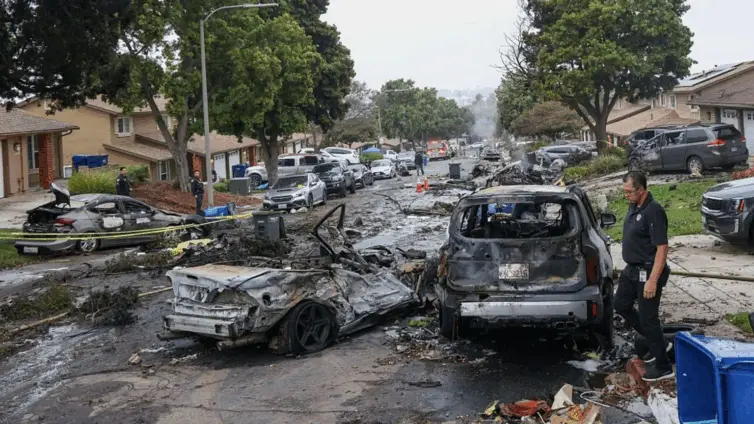The discovery sent ripples through the Accra Metropolitan Assembly: a hidden shantytown, a den of illicit activity, had been unearthed near the bustling Kwame Nkrumah Circle. Dubbed “Lucifer Village” by locals, this sprawling encampment of illegal structures, discovered during the AMA’s ongoing decongestion exercise, presented a stark challenge to public health and safety. Authorities, led by Environmental Health Officer Joseph Asitanga, expressed grave concerns over the brothels and other unregulated businesses operating within the village.
The Accra Metropolitan Assembly’s (AMA) commitment to clearing unlawful settlements led to the discovery of Lucifer Village. This hidden settlement raised concerns among the local authorities who are worried about the welfare of the community.
What exactly was Lucifer Village, and what made it such a cause for alarm?
Nestled in the shadow of Kwame Nkrumah Circle, a major transportation hub in Accra, Lucifer Village had become a notorious landmark, albeit a clandestine one. The site was a warren of makeshift structures – brothels, bars, and eateries – precariously built directly over a large drain. The AMA’s discovery during their decongestion exercise revealed the extent of the problem. “These structures are built directly on top of a major gutter,” explained Environmental Health Officer Joseph Asitanga. “There are pubs, brothels and other operations happening here — completely unregulated and extremely dangerous.” The revelation painted a picture of a public health and safety nightmare brewing in the heart of the city.
The presence of Lucifer Village raised serious questions about public health and safety. The environmental risks alone were substantial. Structures built over a drain created a breeding ground for disease, with the potential for outbreaks exacerbated by poor sanitation. The unregulated nature of the businesses operating in the area compounded these risks. Makeshift buildings lacked proper fire safety measures and exhibited structural instability, posing significant hazards to occupants and the surrounding community.
Adding another layer to the complexity, preliminary surveys conducted by Asitanga indicated that many of the occupants of Lucifer Village were foreign nationals, including Nigerians and Togolese, lacking the necessary permits to operate businesses in Ghana. This underscored not only the illegality of the structures but also the potential for wider issues related to immigration and labor laws. The area had reportedly become a haven for immoral and criminal activities, further solidifying its place on the AMA’s decongestion radar.
In response to the discovery, the AMA has served notice that the structures in Lucifer Village will be demolished. This action is part of a broader effort to reclaim public spaces and prevent the unlawful occupation of critical infrastructure. The AMA has expressed its firm commitment to restoring Accra to a cleaner, safer, and more orderly cityscape, and the decongestion of Lucifer Village represents a significant step in achieving that goal.
The uncovering of Lucifer Village, with its associated health and safety risks, has prompted swift action from the AMA. The planned decongestion exercise aims to dismantle this illegal settlement and address the underlying issues that allowed it to flourish. As Accra continues to grapple with the challenges of rapid urbanization, the fate of Lucifer Village serves as a reminder of the importance of vigilance and proactive urban planning.
Image Source: MYJOYONLINE






















